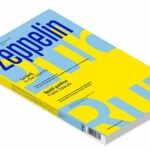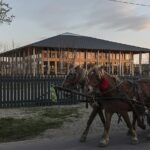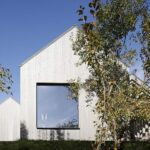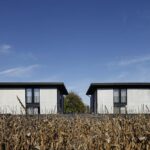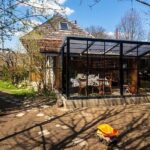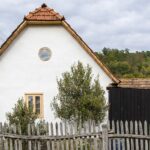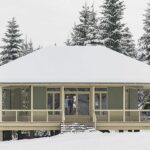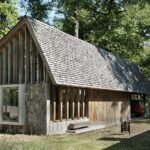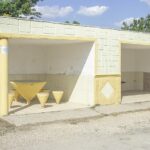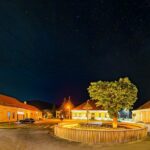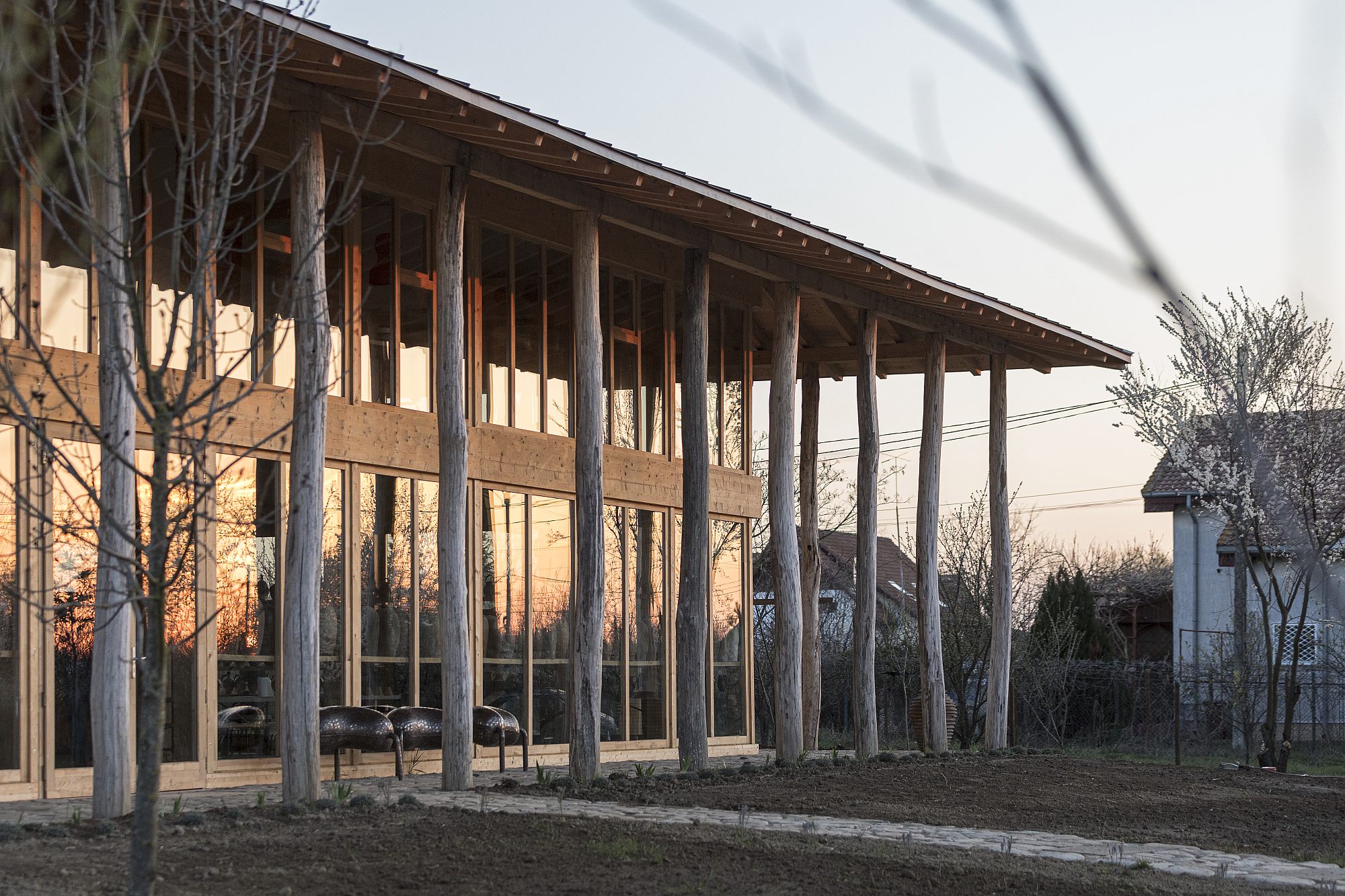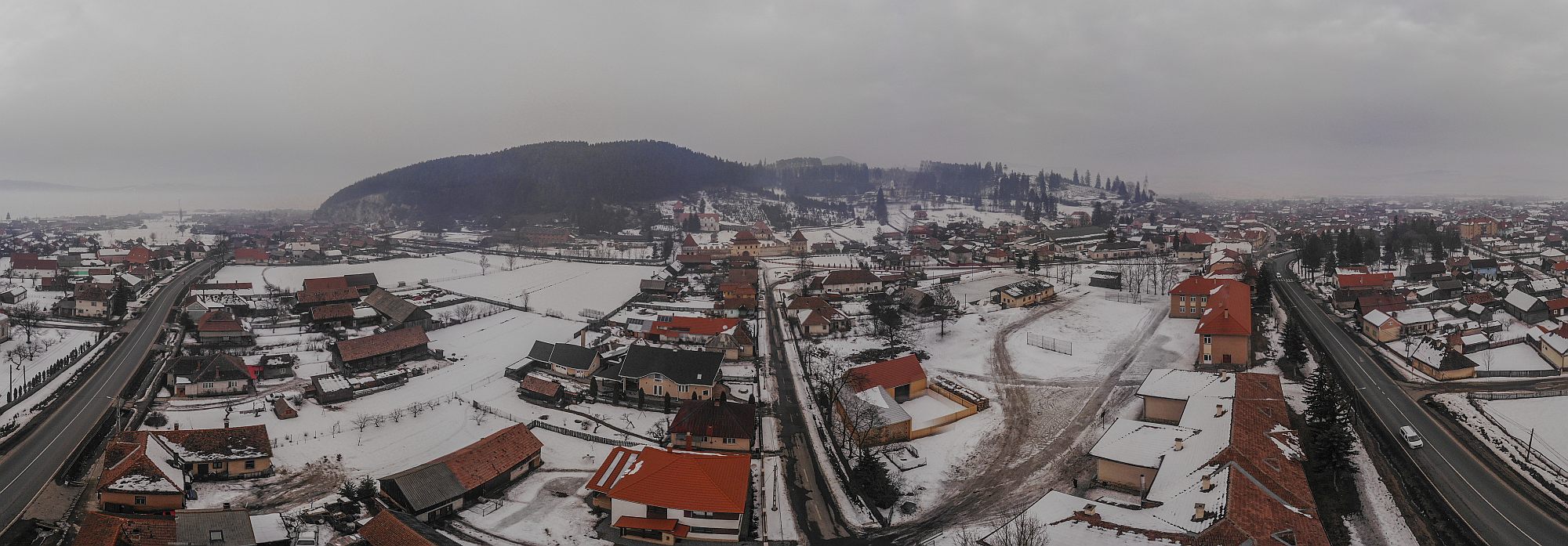Coordinators: Cătălina Frâncu, Ștefan Ghenciulescu
“The Countryside”. Introduction
The first lockdowns helped bloom the #cottagecore aesthetic. It is a trend born out of a wish for a simpler life, with low levels of stress, which would allow an easy connection to nature through activities like husbandry, gardening, picnics, etc. It’s also about nostalgia for good times passed, an imagery and aesthetic which stirs the spirits of a lot of people, from the radical left and minorities, to the ultra-traditional right. Although it started being promoted by young teenagers idolizing country life, the pandemic made possible adding complexity and signification to the cottagecore concept. It no longer stands for a shallow imagery, oblivious to the necessary actions for country life, but for so many people who take back their or other people’s grandparents’ house intending to inhabit it for longer than a summer.
Eight years ago in Romania Petruţ Călinescu’s short film, Pride and Concrete – an effort to understand the “proud houses” built by people who left their homes to work abroad and offer their family a better life, away from hoes and dirt, closer to the West. This was one of the reactions to the booming political and economic crisis of the past 20 years.
On the 23rd of May 2021, The Guardian quotes Prince Charles: „To me, it is essential the contribution of the small-scale family farmer is properly recognised – they must be a key part in any fair, inclusive, equitable and just transition to a sustainable future. To do this, we must ensure that Britain’s family farmers have the tools and the confidence to meet the rapid transition to regenerative farming systems that our planet demands.”
In ten years we have seen a powerful change in the perception of the rural and the pandemic accelerated the process. Even though after the 1990 the rural-urban migration rapidly decreased and the urban-rural movement started steadily growing, the migrators’ motivations were mainly connected to family and studies. In recent years, the reasons became more diversified: from reconnecting to nature, to stress relief and even the re-activation of local communities.
The growing interest in the rural areas is pressuring architecture to help make this transition as smooth as possible both for the “stranger” and the rural communities. The solutions vary from natural materials to interpretations of traditional architecture to contemporary designs looking to breathe new life into the rural. Through this project collection we are looking to interrogate the value of model that rural initiatives can have over a depopulated world, with “proud houses” at best inhabited by an old person in one room and empty at worst. We are aware that the dossier lacks vital aspects such as enormous social disparities. However, we wanted to include public programs, vital for a world almost nobody works on.
Rural adaptations scaled down in context have the potential to offer answers to the social-rural crisis as well as climate change. Building with wood and earth can help cut the economic and climatic costs in half and local life can be reactivated through building necessary facilities for life. Moreover, if the community gets involved, eco agriculture and responsible limited tourism offer financing solutions without the need for employment or travel.
The disadvantages of this kind of move emerge as a possible lack of autonomy in absence of a car, giving up the anonymity of the big city and lack of diversity.
However, a massive migration towards the country side has the potential to give an impulse to railway development and public transportation (as we see happening even in depopulated villages). Neutralizing anonymity kick-starts community building and diversity makes its way to the village through the “strangers” looking to relocate as well as through different schools which can be developed for children.
In the face of the challenges of social inequality and climatic crisis we can make contextual gestures at community and individual scales. Already being an example brings on the power of change. Many times, the only missing thing is only the feeling that things can change through small scale actions and this can be built through the right actions: from architecture to agriculture.
To the lack of school equipment we have the Piscu School-Museum, a brilliant example of personal initiative, community anchoring and awareness of local history with international orientation, local spirit and contemporary architecture built mostly with volunteers.
There’s an alternative to both the yellow pseudo-mansions with absurd roofs and the “rustic cabins”, as Viila Cheia proudly shows, like the house extension in Roşia Nouă and another one in Argeş or the wooden house by Manopera Architecture. Manopera are also trying to inject a little urbanity and a bit of radical architecture, in the post-socialist transition.
Looking at all these projects, the common elements are more than obvious. We are not only speaking about materials, architectural approaches, issues, etc. but especially about the fact that these projects seem to have become a platform for friendship. We discover that good country side architecture needs courage and effort from both sides – architect and client – as well as a strong relationship between them. “Cottagecore” morphs into “friendshipcore”.
Restoring couldn’t be left aside – we are happy to publish the masterpiece of Pro Patrimonio, the restoration of a wooden church in Urşi. Stepping out of Romania for a little we find the extension of a house in the Netherlands and getting back on the road, through “Drum Bun!”, a mapping of the modest, bizarre and enchanting heritage of socialist county border signs.
Ever since 2004 we have been following critical regionalism in the Székler Country. The dossier includes a building on a slope, where an international team of young architects experimented with the classical motive of the pavilion as well as an analysis and some recent projects by an architect and an office much published in Zeppelin – Köllő Miklós and Larix Studio.

